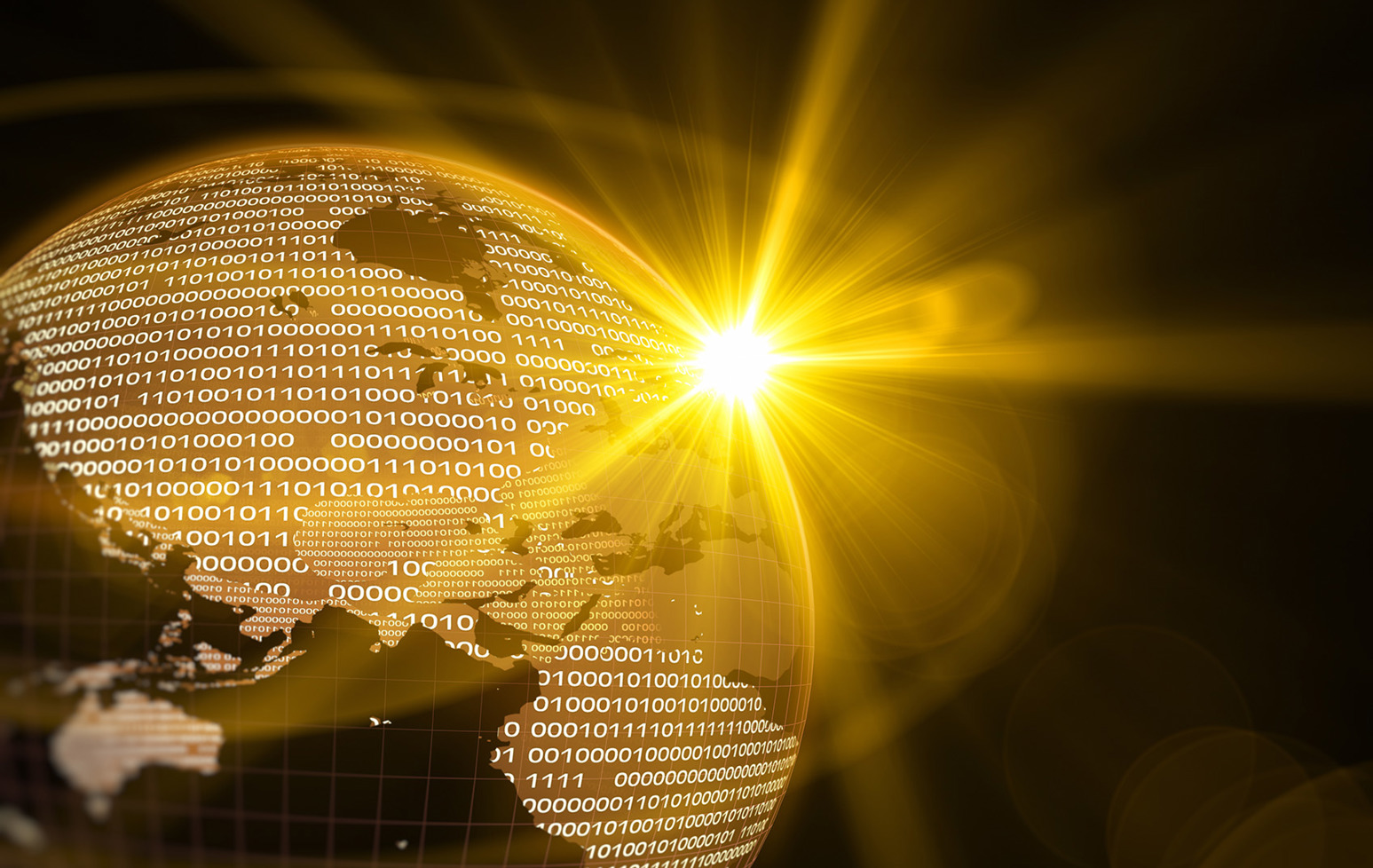Integrating sustainability into business practices has never been easy. In their pursuit to be bigger and faster, corporations often overlook the importance of time, space, and scale.
But in an age where business systems are continuously disrupted, it’s more important than ever to find solutions that shape the future and benefit both organizations and the broader system.
In her foreword for the book, Rethinking Strategic Management: Sustainable Strategizing for Positive Impact, Professor Tima Bansal, Director of Ivey’s Centre for Building Sustainable Value, discusses sustainable development in an age of disruption.
“The question then is: how can corporations operate along the principles of sustainable development in a world in which business systems are continuously disrupted? I believe that businesses, more than ever, need to build dynamic capabilities – the ability to learn, innovate, and adapt – in order to navigate through this turbulence,” Bansal writes.
Read her foreword from the book below.
What is sustainable development in an age of disruption?
(Pratima Bansal (2019), Foreword, in Thomas Wunder (ed.) Rethinking Strategic Management: Sustainable Strategizing for Positive Impact, Springer. Pages xi-xiv)
I began my sustainability journey in the 1990s when I was completing my doctoral work at the University of Oxford. It was the very early days of sustainability and not yet a movement. What was most remarkable about its discussion in business schools was that there was so little. Most business school professors often assumed sustainable development was antithetical to business or simply irrelevant.
Those of us who were talking about sustainability often simply used the same words and applied the same logic of corporate social responsibility and corporate strategy. Managers and academics alike argued that corporations should pursue sustainable development because it was the ‘right thing to do’ or to deflect stakeholder backlash. In these early days, I conceptualized sustainability as the three pillars (social equity, environmental integrity, and economic resilience) or the triple bottom line (social, environmental, and financial performance). Even though many scholars argued that there is a business case for sustainability, most business school lecturers and managers treated it often as an afterthought.
A decade later, in the early 2000s, I felt I was finally ‘getting’ sustainable development. I felt I understood why corporations were marginalizing sustainability – it was because they did not see the importance of time, space and scale. Corporations tried to minimize time, expand space and grow scale. In other words, they were trying to be faster, global, and bigger. It was clear to me that this pursuit of fast, international growth would ultimately lead to the collapse of the Earth’s systems. I have spent the last 15 years trying to understand how we can introduce the dimensions of time, space and scale more fully into business thinking and practice.
And, then everything changed.
We now live in a world of disruptions. The pace of change is unprecedented, so the changes are deeper, wider, and more unpredictable than ever before.
When speaking of disruptions, most people immediately think about technological disruptions. Humankind has developed such powerful computers and such expansive connectivity that the world of science fiction is becoming scientific realities. Technology through artificial intelligence, 3D printing, and genomics is infusing how we learn, what we know, what we do, and how we grow.
But, these disruptions are more than digital. They include challenges to our social institutions through the rise of populism, weather events propelled and amplified by climate change, and vast numbers of people moving across borders. They are not only disrupting organizational processes, but entire systems. To survive and thrive, organizations need to manage turbulence in financial markets, new competition from unexpected places, shifting customer preferences, unanticipated stakeholder demands, and disruptions in supply and infrastructure because of weather events. Business operations that have long taken-for-granted are being turned upside down.
It is not clear if these disruptions will make it easier or harder for sustainable development. Will technology make food more plentiful and clean water more accessible, or will it concentrate power and wealth in the hands of a few people, thereby aggravating income inequality and potentially political unrest? Will climate change displace only those people who do not have resources or means to escape weather events? Will trusted social institutions, such as governments, start shaping what is researched, what is reported, and even what is “truth” in order to serve their own interests, or will they protect society’s interests?
The question then is: how can corporations operate along the principles of sustainable development in a world in which business systems are continuously disrupted? I believe that businesses, more than ever, need to build dynamic capabilities – the ability to learn, innovate, and adapt – in order to navigate through this turbulence. For example, as industry and consumers transition away from fossil fuels, oil and gas companies should think about non-energy uses for oil, such as reusable plastics, or treating their waste as feedstock for other processes, such as the minerals in the toxic sludge of tailings ponds.
However, these capabilities require organizations to see their problems and potential solutions in new ways. Finding these solutions is not easy, as incumbents tend to be locked into old ways of seeing. Dialogue and collaborations, even with unlikely bedfellows such as competitors or activists, can help overcome these challenges by innovating new solutions and achieve better outcomes. The circular economy, for example, is an elusive ambition and can only be achieved through dialogue and with collaboration.
Businesses can either stand off on the sideline and watch this social-economic-environmental tsunami approach, or they can learn new skills to create new forms of value for themselves and a better world. The aspiration of this book is to provide today’s and future’s practitioners actionable guidance on how to master these challenges and find solutions that shape the future and benefit both organizations and the broader systems.



